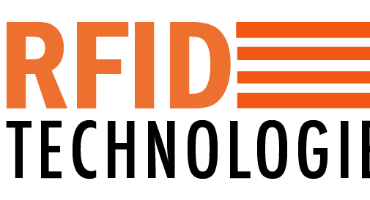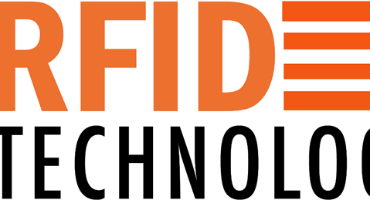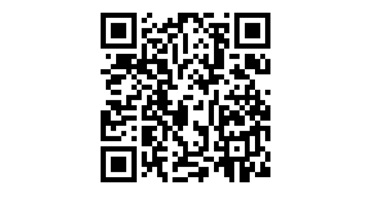Here are some considerations when selecting UHF RFID tags and labels:
RFID Tags and Labels UHF Frequency: Ultra High Frequency (UHF) RFID is commonly used in warehouse and supply chain applications due to its longer read range and ability to handle a large number of tags simultaneously. Ensure that the tags and labels operate at the UHF frequency range, typically 860-960 MHz.
UHF RFID Tags and Labels Read Range: The read range of the RFID tags should be suitable for the warehouse environment. Factors such as tag size, tag antenna design, and the power of the RFID reader can influence the read range. Consider the distance at which you need to read tags reliably within your warehouse.
UHF RFID Tags and Labels Durability: Warehouse and supply chain environments can be harsh, with exposure to dust, moisture, temperature variations, and physical impacts. Select RFID tags and labels that are durable and can withstand these conditions to ensure they remain readable throughout the product's lifecycle.
UHF RFID Tags and Labels Form Factor: Depending on the application, you can choose from various form factors such as adhesive labels, hang tags, metal-mount tags, or on-metal tags. Consider the surface material (e.g., plastic, metal) and the attachment method (adhesive, tie, screw) to ensure compatibility and read performance.
UHF RFID Tags and Labels Memory Capacity: The memory capacity of the RFID tags determines the amount of data that can be stored, such as product information, batch/lot numbers, or maintenance records. Assess your data storage requirements and choose tags with sufficient memory capacity.
Read/Write Capability: Depending on your specific needs, consider whether you require read-only tags or read/write tags that allow data to be written or updated on the tags during the supply chain process. Read/write tags provide more flexibility in applications such as inventory management or asset tracking.
Tag Sensitivity: Some products or materials, such as liquids, metals, or densely packed items, can interfere with RFID signals. Choose RFID tags that are specifically designed to perform well in challenging environments and can overcome potential interference or signal attenuation.
UHF RFID Tags and Labels Compliance: Ensure that the RFID tags and labels comply with relevant industry standards, such as EPC Gen2, ISO 18000-6C, or specific regional regulations, depending on your geographical location.
UHF RFID Tags and Labels Costs: Consider the cost-effectiveness of the RFID tags and labels, including the tag price, scalability, and the overall return on investment (ROI) of the implementation.
It is advisable to collaborate with RFID solution providers or consult industry experts who can guide you in selecting the most suitable UHF RFID tags and labels for your specific warehouse and supply chain requirements. Conducting pilot tests and evaluations in your environment can also help ensure the chosen tags and labels perform optimally before a full-scale implementation.



